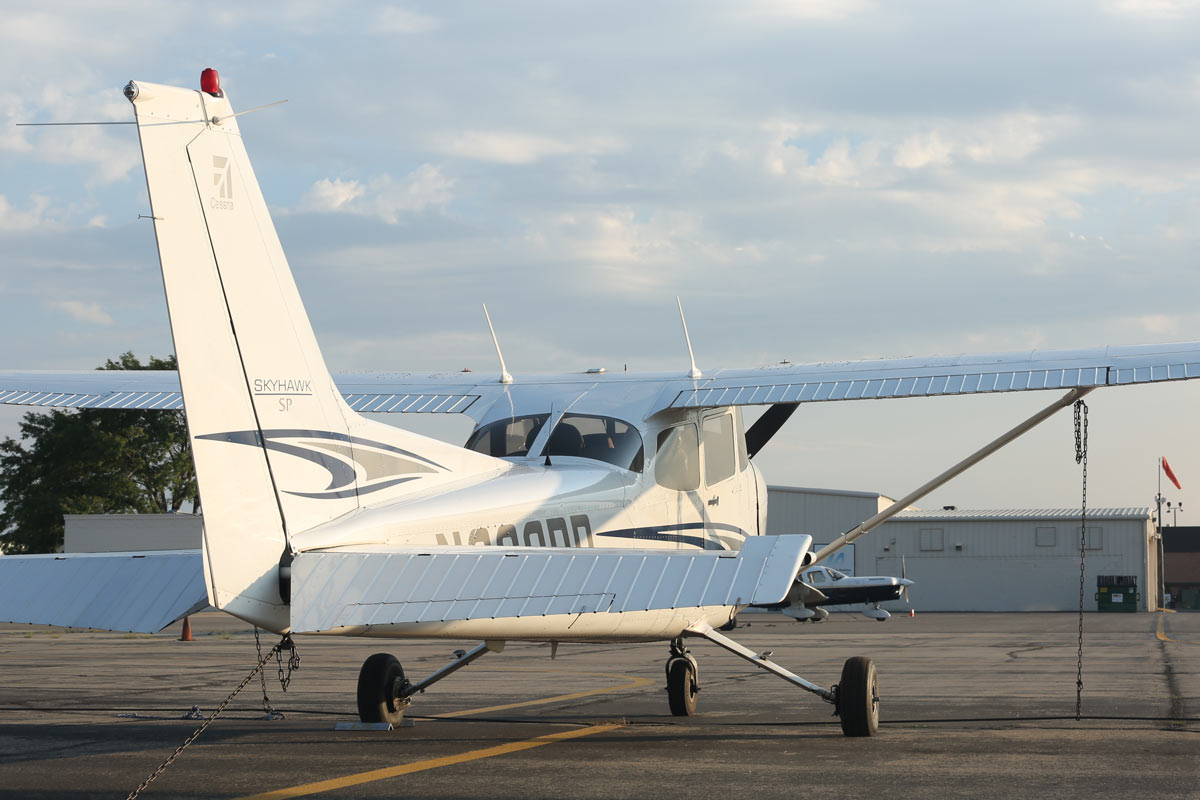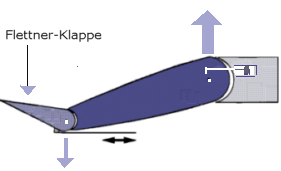Ok, studying the many, many tab types here and wondering if there is a resident authority. Found this old thread but it seems more confused than ever.
Here is what I have:
Balance, servo and trim tabs all move opposite to the control surface, the difference is in what moves them.
Trim tabs are moved by the trim wheel/knob
Balance tabs are attached to the control linkage
Servo tabs are also attached to the control linkage
balance and servo tabs seems to be the same thing
Anti servo tabs move in the same direction as the control surface and are connected to the control linkage
Ground adjustable tabs are just that; bendy metal things you tend to leave the hell alone unless you know what you are doing
thanks in advance.
sources:

 www.boldmethod.com
www.boldmethod.com

 en.wikipedia.org
PHAK chapter 6 https://www.faa.gov/regulations_policies/handbooks_manuals/aviation/faa-h-8083-25c.pdf
en.wikipedia.org
PHAK chapter 6 https://www.faa.gov/regulations_policies/handbooks_manuals/aviation/faa-h-8083-25c.pdf
Here is what I have:
Balance, servo and trim tabs all move opposite to the control surface, the difference is in what moves them.
Trim tabs are moved by the trim wheel/knob
Balance tabs are attached to the control linkage
Servo tabs are also attached to the control linkage
balance and servo tabs seems to be the same thing
Anti servo tabs move in the same direction as the control surface and are connected to the control linkage
Ground adjustable tabs are just that; bendy metal things you tend to leave the hell alone unless you know what you are doing
thanks in advance.
sources:

How The 4 Types Of Trim Tabs Work
Trim tabs are a secondary flight control surface that helps you reduce (or eliminate) the need to place pressure on the yoke or rudder to keep your airplane flying straight and level.

